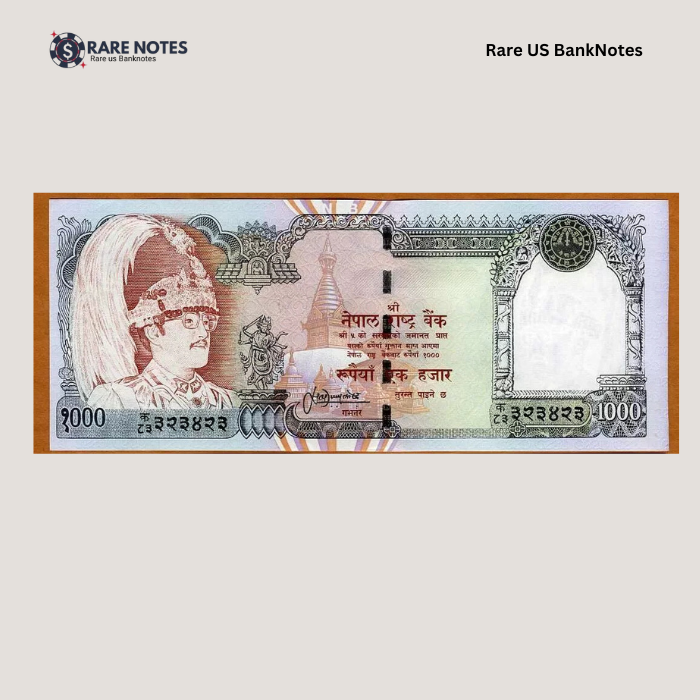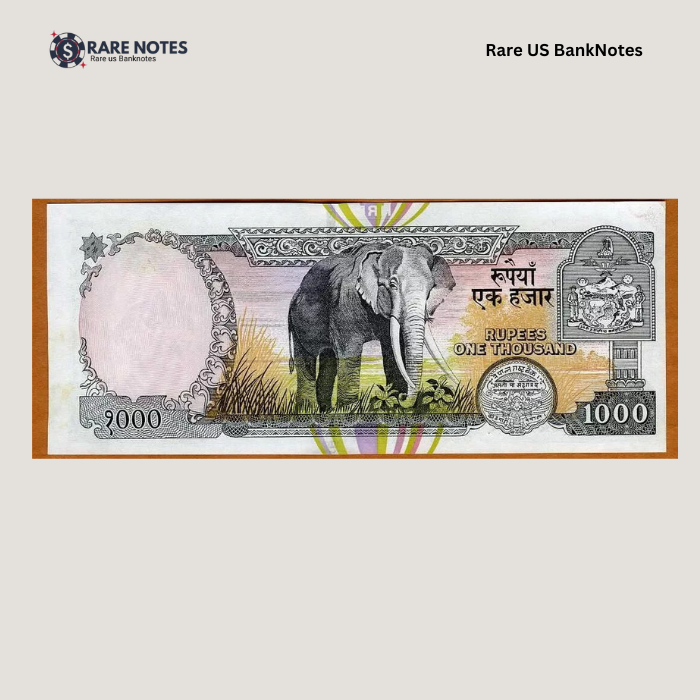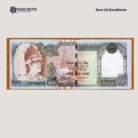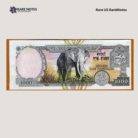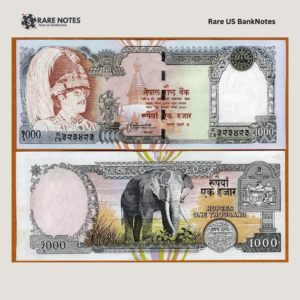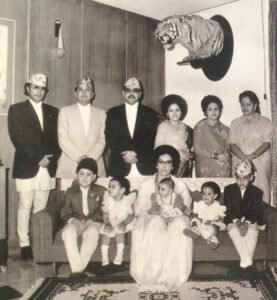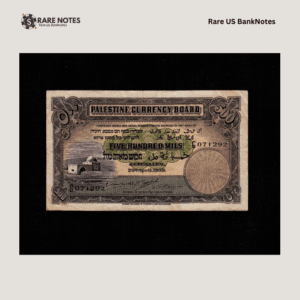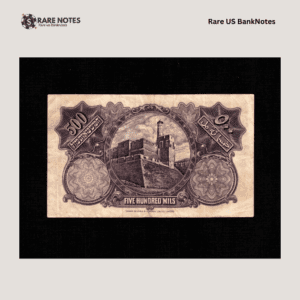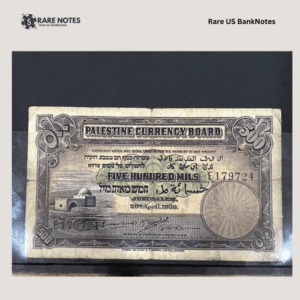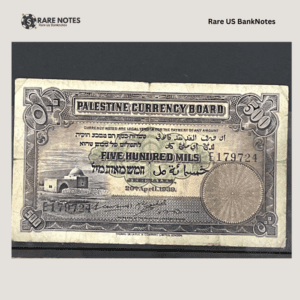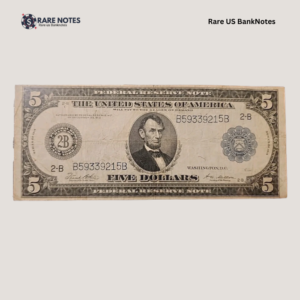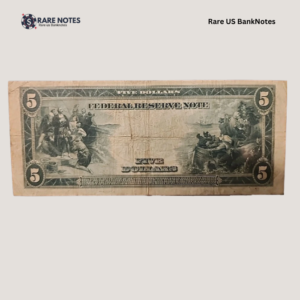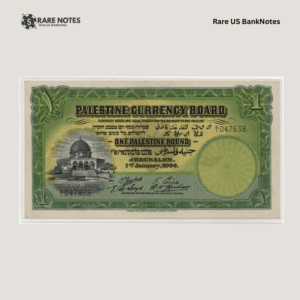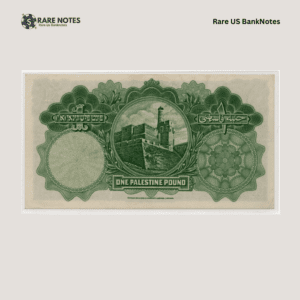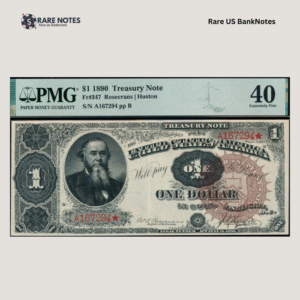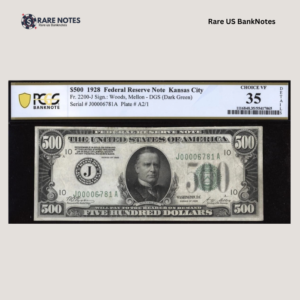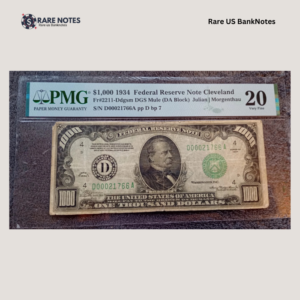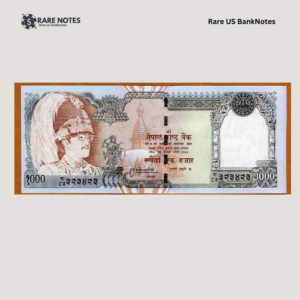1993 Nepal 1000 Rupees Banknote – King Birendra | P-36c, Sign-12 | UNC
🔹 Year: 1993
🔹 Issuer: Nepal Rastra Bank
🔹 Tag phrase: 1993 Nepal 1000 Rupees Banknote – King Birendra
🔹 Denomination: 1000 Nepalese Rupees (Rs)
🔹 Pick Number: P-36c
🔹 Signature: Sign-12
🔹 Condition: UNC (Uncirculated) – Crisp paper, sharp edges, full color
🔹 Historical Significance: Features King Birendra, who ruled Nepal from 1972-2001
- Estimated Delivery : Up to 4 business days
- Free Shipping & Returns : On all orders over $200
1993 Nepal 1000 Rupees Banknote – King Birendra | P-36c, Sign-12 | UNC | Very Scarce
The 1993 Nepal 1000 Rupees banknote (P-36c, Sign-12) is a rare and highly sought-after collectible featuring King Birendra, one of Nepal’s most revered monarchs. This uncirculated (UNC) note is a significant piece of Nepalese numismatic history, known for its intricate design, historical importance, and limited availability.
Issued by the Nepal Rastra Bank, this note represents the economic and political landscape of Nepal in the early 1990s. As one of the highest denominations of the time, it was used primarily for large transactions, making well-preserved, uncirculated specimens extremely rare. Collectors and investors alike consider this note a prime asset, given its scarcity, historical significance, and increasing demand in the numismatic market.
Historical Significance of the 1993 Nepal 1000 Rupees Banknote
This 1000 Rupees banknote was issued during the reign of King Birendra Bir Bikram Shah, who ruled Nepal from 1972 until his tragic assassination in 2001. King Birendra was widely respected for his efforts to modernize Nepal while maintaining its monarchical traditions and cultural heritage. His era saw political shifts, including the transition from an absolute monarchy to a constitutional monarchy in 1990, shaping Nepal’s democratic landscape.
The issuance of this P-36c note reflects the economic growth and stability of Nepal in the early 1990s. It was a period of gradual economic reforms and increased international engagement, making this note a representation of Nepal’s evolving financial system.
Following King Birendra’s assassination, Nepal saw significant political changes, leading to the eventual abolition of the monarchy in 2008. As a result, banknotes featuring King Birendra have become highly collectible and historically significant, with increasing demand among numismatists worldwide.
Design and Features of the 1993 Nepal 1000 Rupees Banknote (P-36c, Sign-12)
Obverse (Front Design)
- Portrait of King Birendra: The note prominently features a detailed portrait of King Birendra, wearing the traditional Nepalese crown.
- Denomination in Nepali script: The note displays the 1000 Rupees value in Devanagari script, the official script of Nepal.
- Signature Variation (Sign-12): This particular version of the note features the 12th signature variant, making it more unique and desirable among collectors.
- Nepal Rastra Bank Seal: The official seal of the central bank ensures authenticity and legitimacy.
Reverse (Back Design)
- Illustration of Mount Everest: Nepal’s pride, Mount Everest, is beautifully depicted, symbolizing the nation’s identity and grandeur.
- Intricate Security Features: The note incorporates watermarks, color-shifting ink, and micro-printing, designed to prevent counterfeiting.
- Multicolor Patterns and Borders: Traditional Nepalese art and patterns enhance the note’s aesthetic appeal.
Why the 1993 Nepal 1000 Rupees Banknote is a Valuable Collectible
1. Rare and Very Scarce in UNC Condition
- As a high-denomination banknote, this note saw extensive circulation, making UNC (uncirculated) specimens incredibly difficult to find.
- Many of these notes were used in daily transactions and large business deals, leading to significant wear and tear.
2. Historical Significance – King Birendra Era
- King Birendra’s reign was one of economic development and political transition, making this note a key artifact of Nepal’s modern history.
- Since his assassination and the abolition of the monarchy in 2008, banknotes featuring King Birendra have become collectible treasures.
3. Increasing Numismatic Demand
- Nepalese banknotes from the late 20th century are becoming highly sought after by international collectors.
- With limited surviving UNC specimens, this note has strong potential for future appreciation in value.
4. Unique Design Featuring Mount Everest
- The detailed depiction of Mount Everest on the reverse highlights Nepal’s national identity and natural beauty.
- The note’s elaborate patterns, vibrant colors, and cultural motifs make it a standout piece in any collection.
5. Investment Potential
- Rare, high-denomination banknotes like this one tend to appreciate over time, making them ideal for numismatic investors.
- As interest in Nepalese currency grows, demand for King Birendra-era notes is expected to rise.
How to Preserve and Display Your UNC 1993 Nepal 1000 Rupees Banknote
To maintain the value and condition of this very scarce uncirculated banknote, follow these preservation tips:
✔ Store in a PMG or PCGS-certified protective sleeve to prevent creasing, dust, and moisture damage.
✔ Keep away from direct sunlight to avoid color fading.
✔ Handle with clean, dry hands or use gloves to prevent oil transfer.
✔ Consider professional grading and certification to enhance its market value and authentication.
Conclusion
The 1993 Nepal 1000 Rupees banknote (P-36c, Sign-12) featuring King Birendra is a rare and historically significant collectible. With its scarcity, beautiful design, and connection to Nepal’s royal history, this note is a must-have for serious collectors, historians, and investors.
As Nepalese numismatics gain more international attention, the UNC condition of this high-denomination banknote makes it an exceptional find. Whether you’re a seasoned collector or a new investor, this scarce and valuable banknote is a worthy addition to any prestigious collection.
Secure this rare and iconic piece of Nepalese history today before it becomes even harder to find!


